Today’s risk role demands interpersonal skills, teamwork, and a breadth of experience to ensure decision-making is agile and creative. Sara Benwell spoke to FERMA’s Typhaine Beaupérin and Charlotte Hedemark about the need for diversity at all levels and how they are inspiring the next generation of women in risk.
The risk management industry has been dominated by men since its first inception, particularly in senior leadership positions. While things are changing, progress is slow.
In 2017, a FERMA study found that just 27% of European risk managers identified as female. This year’s International Risk Manager survey found that proportion had increased, but only to 36%.

“It’s encouraging, but not a fundamental shift ,” says Typhaine Beaupérin, CEO of FERMA. However, she adds that the picture is nuanced, particularly in terms of geographical and generational differences.
She says: “We are seeing higher percentages of women in younger age groups. Two years ago, only 23% of risk managers aged 31–35 were women — today it’s 37%. Over that timespan, that is a meaningful increase and this trend among younger age groups bodes well for a future generational shift towards a healthier gender balance.”
Charlotte Hedemark, president of FERMA and risk management expert, field risk management at SAP, says that it’s encouraging to see more young women becoming risk managers, and puts this down – in part, at least – to successful initiatives like networking clubs and women’s groups.
She says: “There is also a growing understanding that women’s traditional strengths — communication, interpersonal skills, negotiation, leadership and teamwork — are a great fit with the role.
“Typhaine and I are conscious of acting as role models to show that women can reach positions of authority in this male-dominated industry.”
“Being an effective risk manager is about stakeholder management, creating relationships within your company and communicating with risk owners. We have encouraged this change of image, moving beyond the traditional focus on technical aspects of the profession, to stress the soft skills needed to be successful in risk management.”
FERMA is ahead of the curve when it comes to gender diversity. Not only are both its president and CEO female, a third of the board is made up of women.nBeaupérin says that the association also tries to achieve balanced representation on FERMA Forum panels, and has introduced a ladies networking cocktail event.
The association also benefits from strong regional diversity.nBeaupérin notes that her team includes people from Scotland, Spain, Greece and France, and that 12diff erent nationalities are represented on the FERMA board.
Hedemark says: “Diversity is one of our values, together with trust, adaptability, respect and passion. We have a track record of practising diversity — FERMA elected its first female president in 2005. Also, the FERMA executive team that runs our projects day to day and steers the working groups in cooperation with their chairs, is almost exclusively female.
“Typhaine and I are conscious of acting as role models to show that women can reach positions of authority in this male-dominated industry.”
THE BENEFITS OF BALANCE
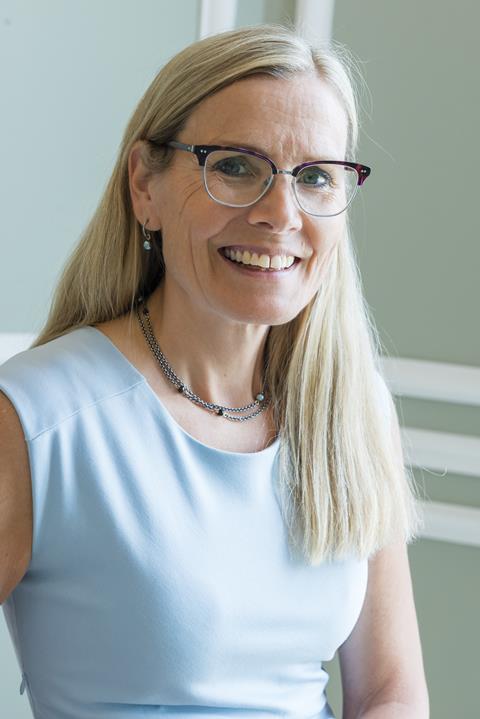
Studies suggest that the best ideas oft en come from a team made up of people with different backgrounds and experiences.
Meanwhile, a thorough and broad understanding of potential risks, enabled by a board members with risk management expertise, leads to more informed decision-making.
Both women strongly believe that companies without a mix of perspectives on their boards and in their risk management teams are exposing themselves to unnecessary risks.
Beaupérin says: “As leaders, we need to have people with different backgrounds, skills and ways of thinking in order to be sufficiently agile and decisive, so we can thrive in this fast-changing, complex world.
“Gender diversity brings differing perspectives and sparks creativity, which in turn enhances problem-solving, drives innovation and helps to prevent ‘group think’.
“A company’s reputation and trustworthiness with shareholders, customers and employees also stands to benefit from a board-level emphasis on diversity and risk management. Plus, it is also attractive to the younger generation.”
Hedemark adds: “Companies that most effectively address inequalities can give themselves a competitive edge. This is not only about fairness, but is also a strategic imperative that can positively impact an organisation’s resilience and overall performance.
“Diversity simply makes good business sense.”
“Diversity of perspective is an essential element of identifying and managing risk. It’s therefore entirely logical for a company to aim to reflect the diversity of society, at all levels including the board, in the interests of robust risk management.
“The risk environment is constantly evolving and having diverse views on the risk landscape, on risk mitigation, on risk identification, makes for stronger overall risk management. That diversity is not only about gender, but also ethnicity, culture and background. Diversity simply makes good business sense.”
SO WHY CHOOSE RISK?
We asked how both Typhaine Beaupérin and Charlotte Hedemark found their way into the world of risk – a traditionally male-dominated industry. And what is it about the profession that makes them so excited to be a part of it.
For Beaupérin, she recognised the huge value of the risk management function to companies and society as a whole.
“When you combine that with my passion for international business, my role as CEO of FERMA – advocating for the risk-management profession in European institutions – aligns perfectly with my convictions.”
She also credits the trust of another female FERMA former president, Jo Willaert, who was at the helm in 2015. “Jo inspired me to take up the position and helped me to develop in the role. At the time, my knowledge of risk management and insurance was limited – my experience was centred on lobbying at European level.
“Jo recognised the value of that experience in terms of what FERMA was seeking to achieve, and understood I had the necessary competencies for the role and that I could learn about the risk aspect.”
Hedemark says that taking on the president role allowed her to put her enterprise risk management experience to work on an international stage.
She says: “I’m passionate about European affairs and to be in a position to encourage more focus on strategic risk management is something I’m very motivated by. “I was attracted to the enterprise risk function, because of the opportunities to drive change in a company and to motivate leaders to make risk-based decisions.
“As someone once said to me, you need to have long legs to be a risk manager, meaning you need to go and see all your stakeholders in the company. You need to be open-minded, to be able to interview, to assess and also challenge your risk owners.”
EQUITY AND EMPOWERMENT
When it comes to how the risk management industry can better support and promote women, both Hedemark and Beaupérin are brimming with ideas.
Hedemark says that it is important to have role models and mentorship programmes to support women, bolster their confidence in their abilities, and encourage them to take on leadership roles.
She adds: “Companies should prioritise equal pay, recognise the achievements of women and make promotion processes more transparent.”
However, she says applying specific gender targets can have drawbacks — hirings should be made on the basis of skills and experience. “The focus should be on equal access to opportunities. Employers must also understand the difference between equality and equity.
“If we want to attract a diverse talent pool, we as an industry may need to review the way we present the profession.”
“Equity gives attention to the differing needs of every group or individual, for example how a pregnant woman’s needs differ from those of her male colleagues.”
Beaupérin, meanwhile, believes that by increasing awareness of risk management careers through proactive outreach, the industry can do a better job of promoting the profession to women.
She says: “There may be women out there well-suited to the role, but who believe this job is not for them. If we want to attract a diverse talent pool, we as an industry may need to review the way we present the profession.
“As well as mentors and role models who inspire, we need to facilitate women’s participation in industry events, professional associations and networking groups, to help women support each other in their career development.”
Source







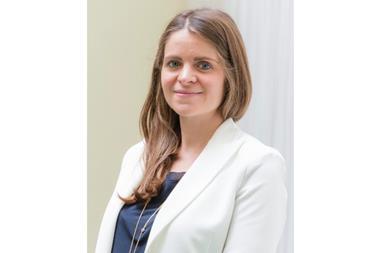
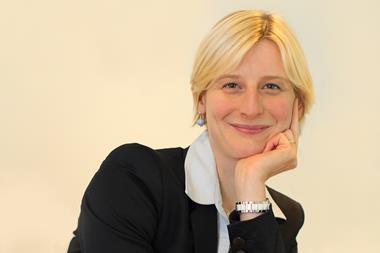
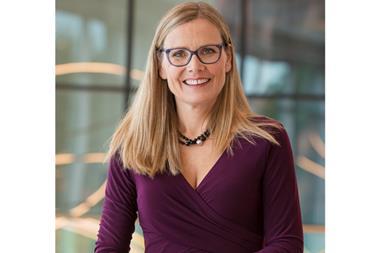
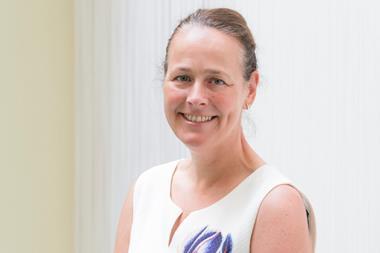



No comments yet